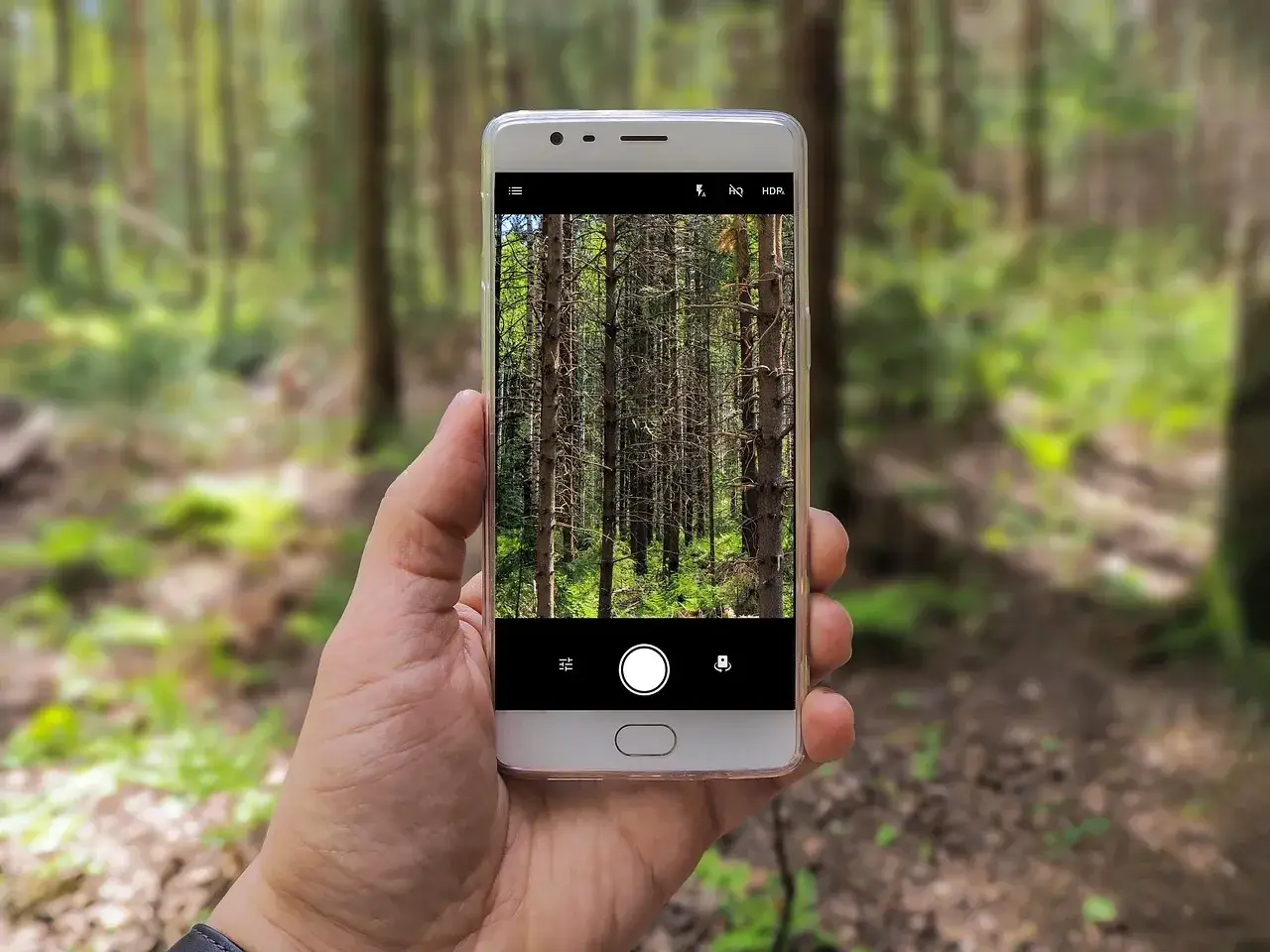As we rely more on our devices for work, entertainment, and communication, overheating has become a common issue. Excessive heat can reduce performance, damage internal components, and shorten the lifespan of your device. Whether it’s your smartphone, laptop, or gaming console, managing heat levels is crucial for maintaining optimal performance and longevity. Fortunately, there are several ways to keep your devices cool during use, ensuring they stay in good condition.
Optimize Ventilation

One of the simplest ways to keep your devices cool is by ensuring proper ventilation. Make sure air vents on laptops or other electronics are not blocked by surfaces like pillows, blankets, or couches. Placing your laptop on a hard, flat surface helps air circulate efficiently. For desktops and gaming consoles, positioning them in open spaces away from walls or enclosed areas can improve airflow and prevent overheating.
Reduce Intensive Usage
Running multiple high-intensity applications simultaneously can generate significant heat. Streaming videos, gaming, or editing large files for extended periods can push your device to its limits. To keep things cool, close unnecessary apps and tabs, and consider taking regular breaks from intensive tasks to give your device a chance to cool down. You can also adjust graphics settings in games or video editing software to lower performance demands.
Use External Cooling Accessories
For laptops and gaming consoles, external cooling accessories like cooling pads or fans can help lower internal temperatures. Cooling pads raise your device slightly to improve airflow and often come with built-in fans to help dissipate heat more effectively. For smartphones, simple stands can help with ventilation, while external fans that attach to the back of the phone are available for those who experience frequent overheating.
Keeping an eye on your device’s temperature can help you prevent overheating before it causes damage. There are numerous apps available that monitor system temperature in real-time. These apps can alert you when the temperature rises too high, allowing you to make adjustments, such as reducing performance settings or shutting down unnecessary applications.
Avoid Direct Sunlight and Hot Environments
Exposing your device to direct sunlight or using it in hot environments can exacerbate overheating issues. When outdoors, keep your device shaded, and avoid using it in extreme heat. High temperatures can cause your phone or laptop to overheat quickly, resulting in performance issues or system shutdowns. Indoors, try to use your devices in cooler rooms, away from windows or heat sources like radiators.
Over time, dust and debris can accumulate in your device’s vents and fans, restricting airflow and causing your device to overheat. Regularly cleaning these areas with compressed air can improve cooling efficiency. For laptops and desktops, opening the case to clean out dust buildup on the internal components can prevent fans from overworking and reduce overall temperature.
Use Power-Saving or Eco Modes

Many modern devices come with power-saving or eco modes designed to optimize performance while reducing heat generation. Enabling these modes lowers the power consumption of your device, reducing strain on internal components and helping to keep it cooler during use. Power-saving modes are especially useful during lighter tasks such as browsing or reading.
Overheating can be a serious issue that impacts your device’s performance and longevity. By optimizing ventilation, reducing intensive usage, using external cooling accessories, and regularly cleaning your device, you can keep it running smoothly and cool even during heavy use. Taking these preventative steps not only helps avoid damage but also ensures a longer lifespan for your electronic devices.

Leave a Reply